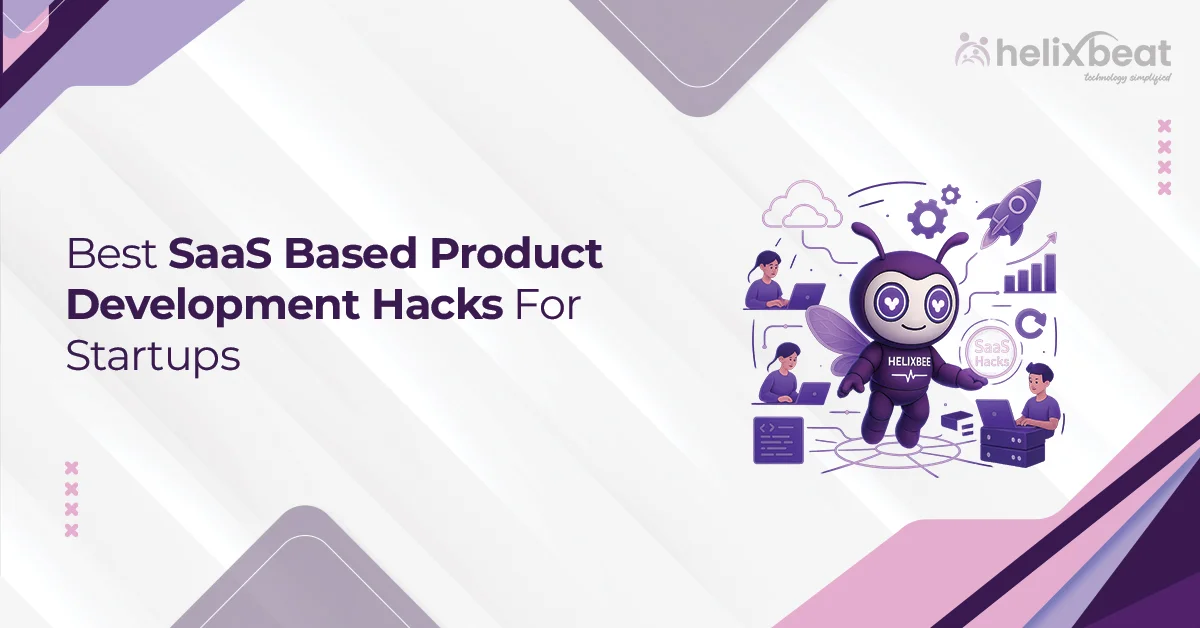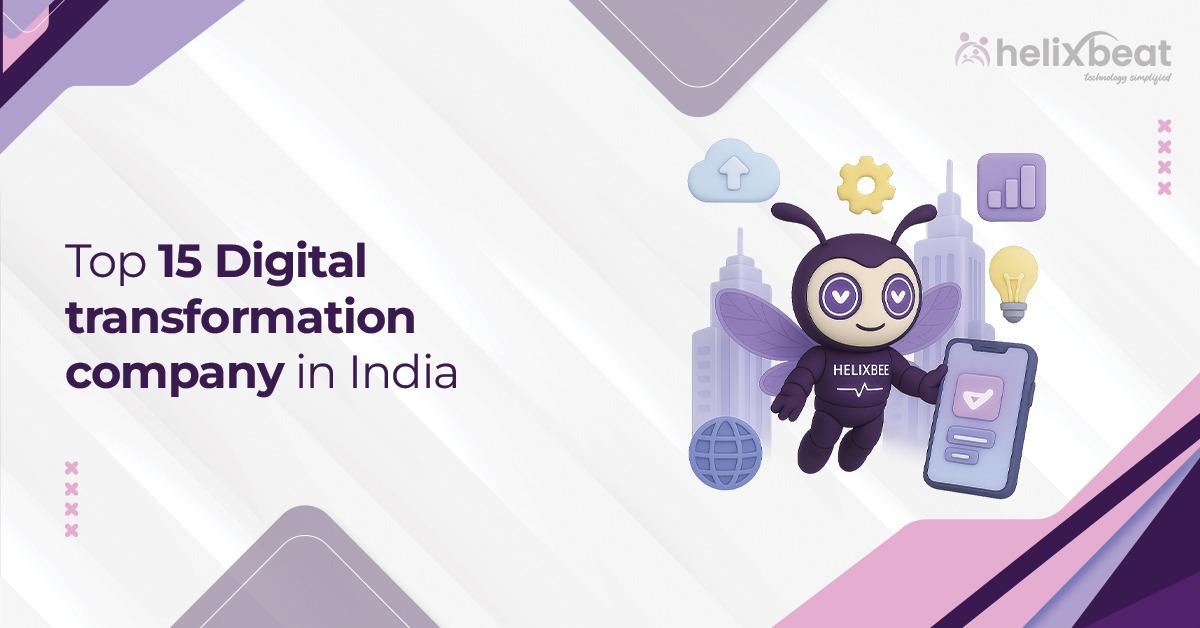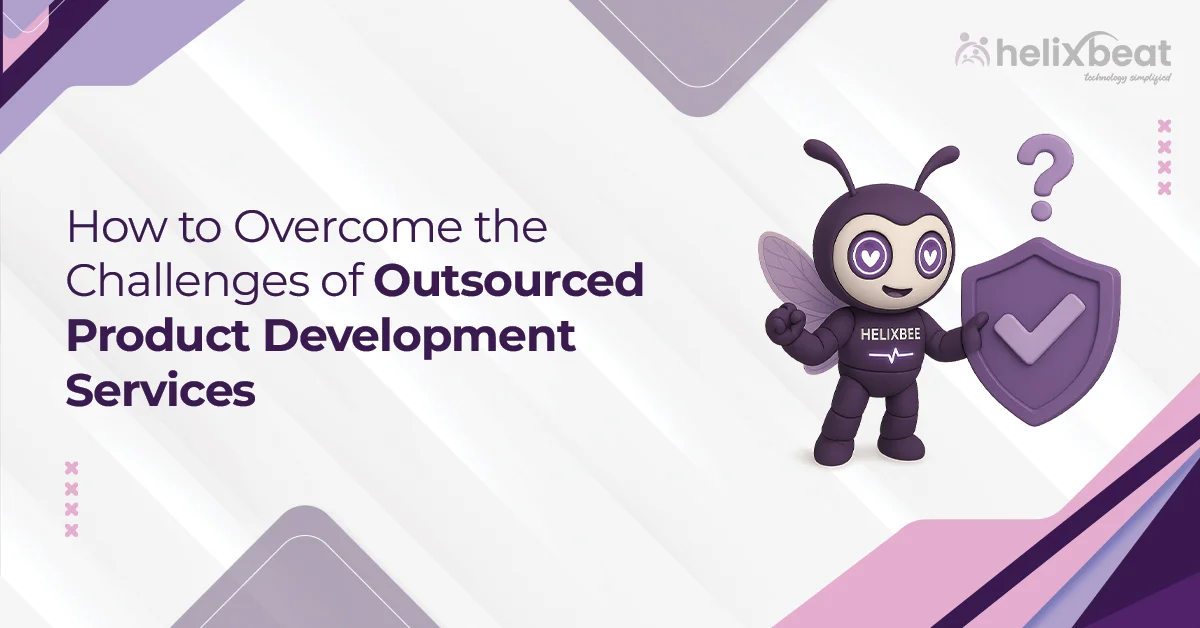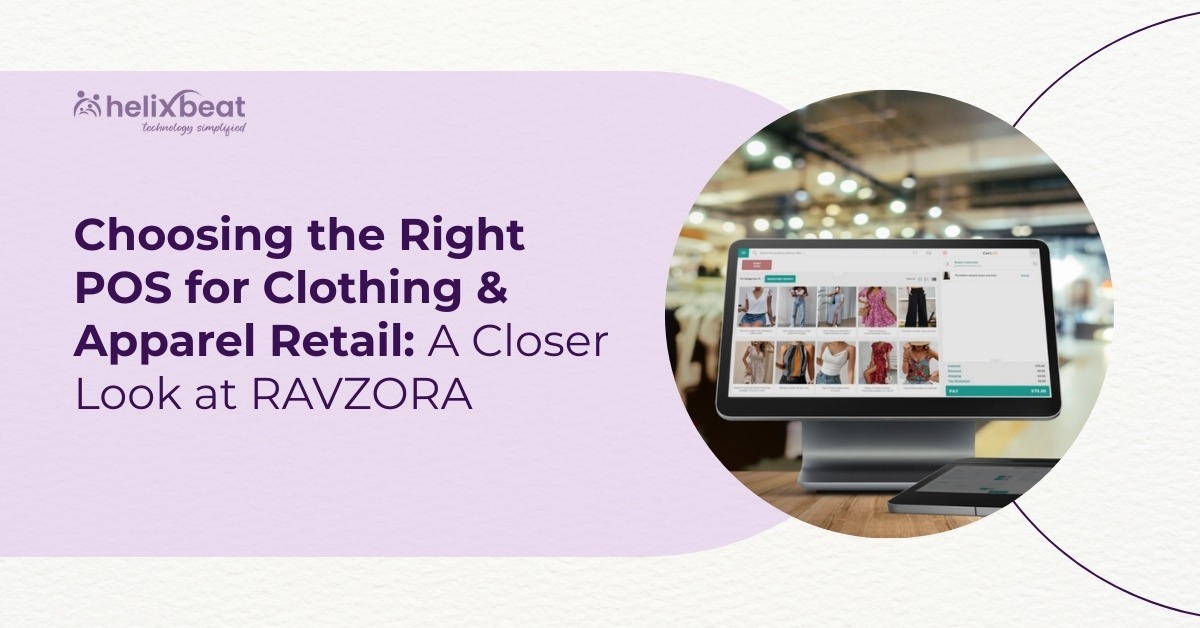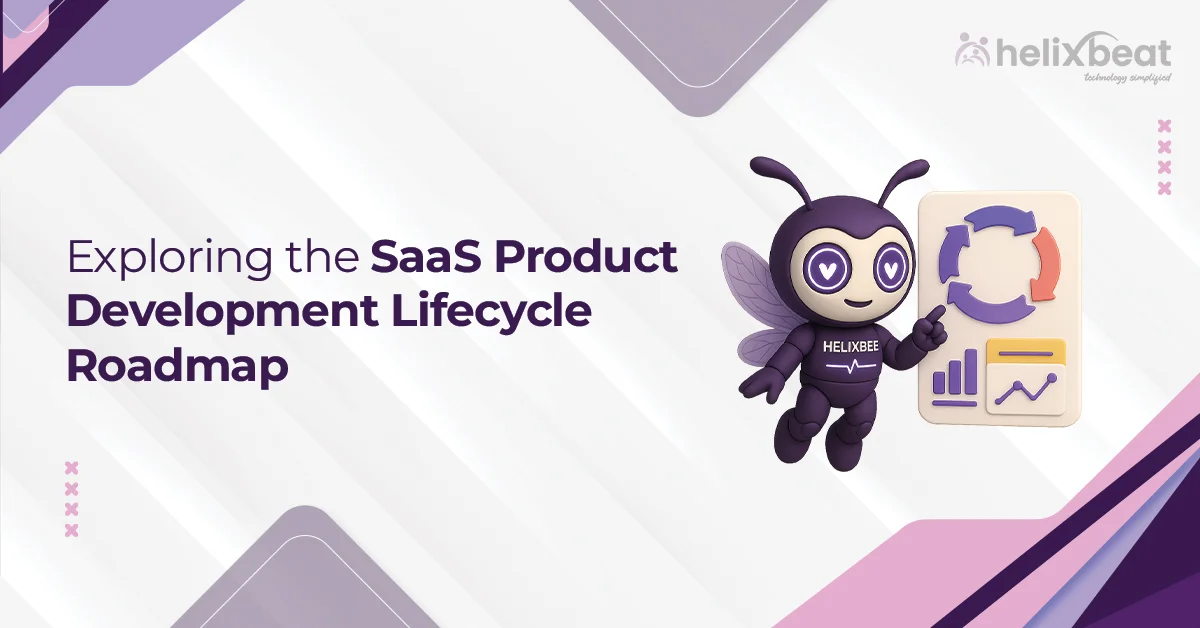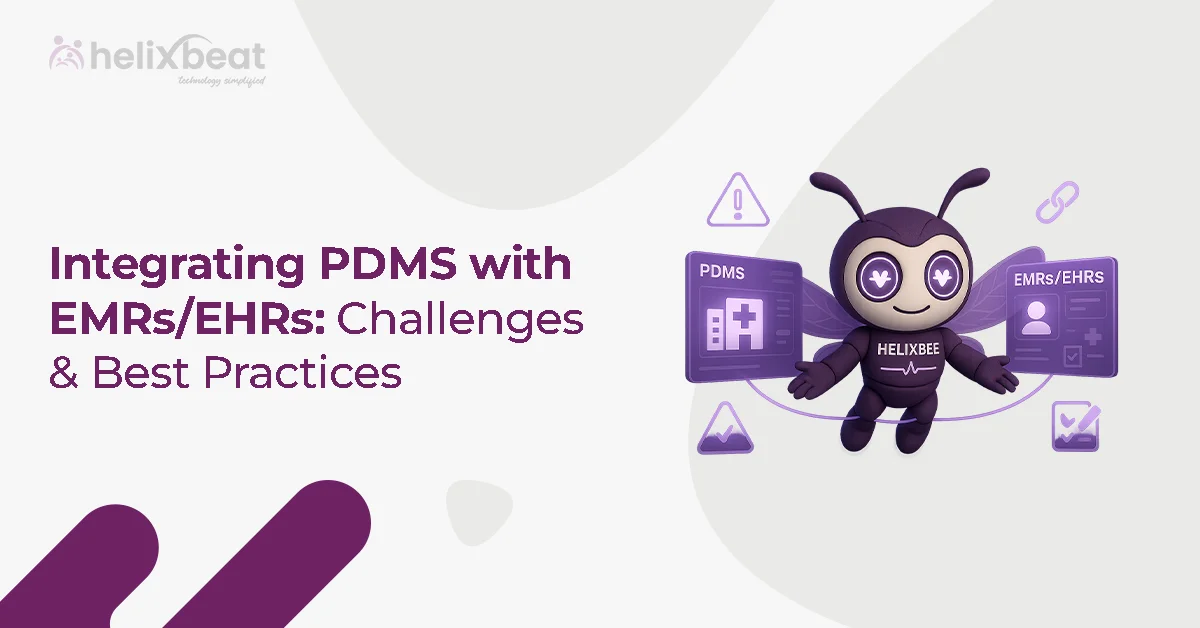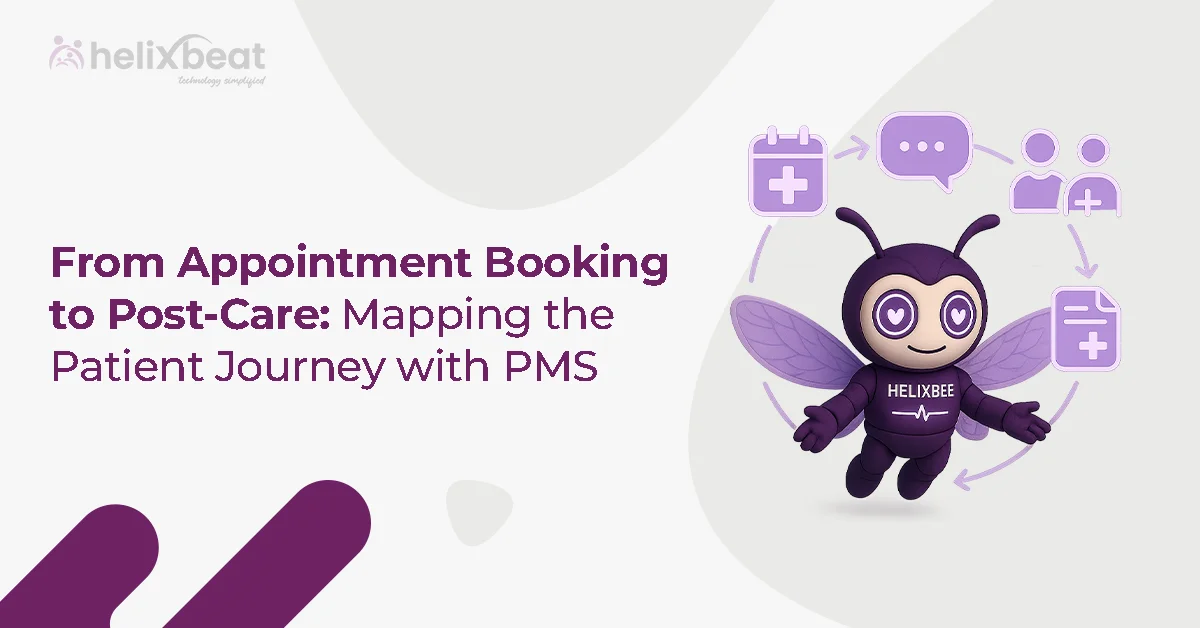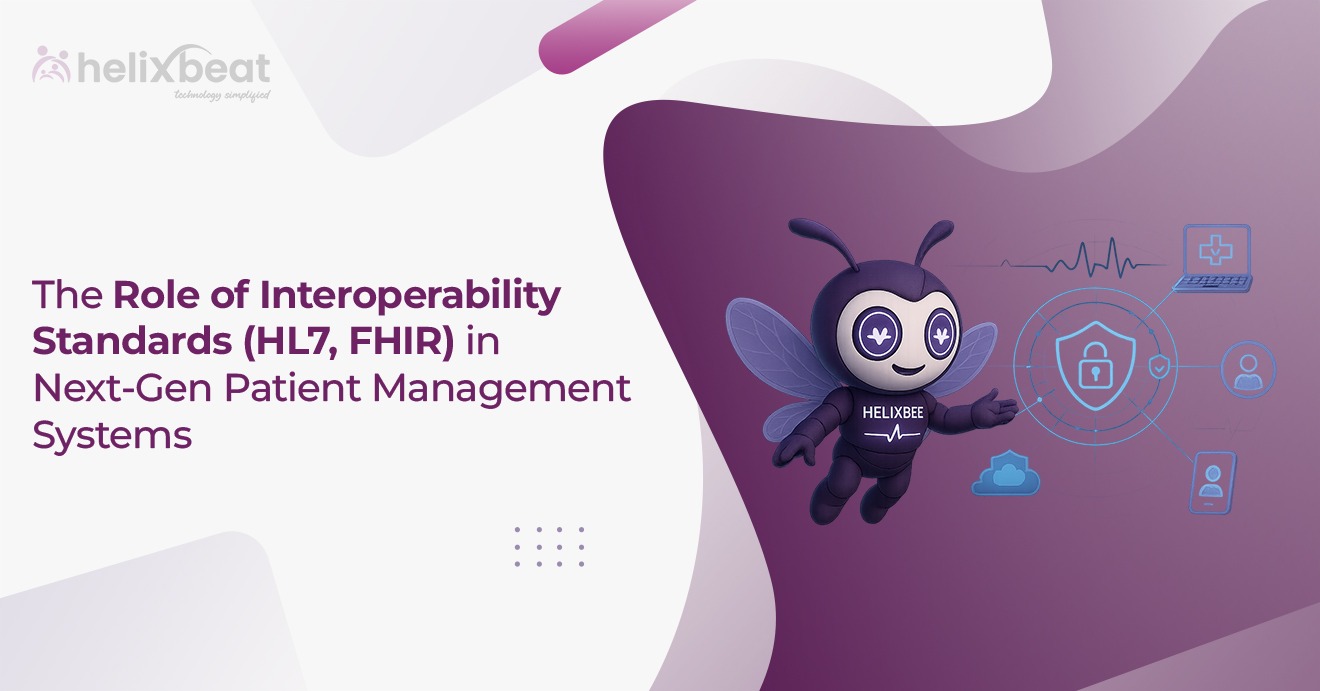Healthcare data exchange has rapidly evolved in recent years. As technology advances and the demand for seamless data sharing grows, healthcare providers are moving away from traditional frameworks like HL7 v2 and adopting more agile solutions. FHIR standard, in particular, is leading this shift.
In this blog, we’ll break down the key differences between HL7 v2 and the FHIR standard, exploring why more healthcare organizations are making the switch and what this transition means for the future of healthcare data exchange.
Table of Contents
Understanding HL7 v2 and Its Limitations
HL7 v2 has been the backbone of healthcare data exchange for over three decades. It was designed in the late 1980s to standardize communication between different healthcare applications. The framework has since become a widely accepted protocol for transmitting clinical and administrative data across hospitals, laboratories, and pharmacies.
Key Features of HL7 v2
- Message-Based Communication: HL7 v2 operates on a messaging format where healthcare information is transmitted in delimited text-based messages.
- Point-to-Point Architecture: Each system requires custom interfaces for integration, which leads to complex, one-to-one data-sharing connections.
- Lack of Standardized APIs: HL7 v2 relies on proprietary implementations, making it challenging to share data across different platforms seamlessly.
- Limited Data Exchange Flexibility: The standard follows a rigid structure, which limits adaptability to new healthcare IT requirements.

Why HL7 v2 Is Becoming Obsolete
- Customization Complexity: HL7 v2 messages require extensive custom development for integration with different healthcare systems, which leads to high maintenance costs.
- Interoperability Challenges: The lack of a standardized approach makes cross-organizational data sharing difficult.
- Data Format Limitations: HL7 v2 messages are encoded in a format that is not easily consumable by modern applications, including web and mobile platforms.
- Security Gaps: The standard does not inherently support modern security and authentication mechanisms required for digital health solutions.
- Although HL7 v2 is still widely used, its limitations have paved the way for more adaptable and developer-friendly standards like FHIR.

What Is the FHIR Standard?
Fast Healthcare Interoperability Resources (FHIR) is a modern standard developed by HL7 International to simplify healthcare data exchange. Unlike HL7 v2, which relies on complex messaging formats, FHIR is designed with a resource-based architecture and RESTful APIs, making it highly flexible and easier to implement.
Key Features of the FHIR Standard
- RESTful API Framework: FHIR uses standard web-based APIs, making it easier for healthcare applications to connect and exchange data.
- Modular Resource Design: Data is represented in small, reusable resources (e.g., Patient, Observation, Medication, etc.) that can be retrieved and shared independently.
- JSON and XML Support: Unlike HL7 v2, FHIR supports JSON and XML formats, which are widely used in web and mobile applications.
- Standardized Data Exchange: FHIR includes a well-defined structure for interoperability, which eliminates the need for extensive custom interfaces.
- Built-In Security Protocols: FHIR supports OAuth 2.0 and SMART on FHIR authentication, making it more secure for modern digital health ecosystems.

Why Healthcare Providers Are Switching to FHIR
1. Simplified Data Integration
FHIR’s API-driven approach reduces the complexity of integrating different healthcare systems. With standard RESTful APIs, applications can retrieve patient records, lab results, and other clinical data without extensive customization.
2. Better Interoperability Across Systems
Unlike HL7 v2, which requires custom interface development, FHIR promotes seamless interoperability. Its standardized data models make communicating easier for hospitals, payers, and third-party applications.
3. Improved Patient Engagement
FHIR enables mobile and web applications to access patient data in real-time. This allows for the development of patient portals, telehealth apps, and wearable integrations, giving patients greater control over their health information.
4. Supports Value-Based Care Models
FHIR’s ability to aggregate and standardize clinical data makes it easier to implement population health analytics and care coordination, which are critical for value-based care initiatives.
5. Enhanced Compliance with Regulatory Requirements
Many healthcare regulations, such as the 21st Century Cures Act, require interoperability and patient access to health records. FHIR’s standardized approach helps healthcare organizations align with these mandates more effectively than HL7 v2.

Key Differences Between HL7 v2 and FHIR
| Feature | HL7 v2 | FHIR Standard |
| Architecture | Message-based | Resource-based |
| Integration Model | Point-to-point | API-driven |
| Data Format | Pipe-delimited text | JSON & XML |
| Interoperability | Requires custom interfaces | Standardized & flexible |
| Security Features | Limited authentication | OAuth 2.0, SMART on FHIR |
| Mobile & Web Support | Not optimized for modern apps | Fully compatible with web & mobile |
How FHIR Server FUSION Enables Seamless Healthcare Integration
FUSION by Helixbeat offers a powerful solution that simplifies the integration of diverse data sources into the FHIR standard. Designed to facilitate smooth data exchange, FUSION helps healthcare providers access and share patient information effortlessly across various systems, bridging the gaps in interoperability.
Key Features of FUSION
- Data Standardization: FUSION converts multiple healthcare data formats into the FHIR standard, reducing inconsistencies and making data exchange across systems more structured and efficient.
- Regulatory Compliance: With built-in support for industry regulations, FUSION helps healthcare organizations meet interoperability mandates while addressing data privacy and security requirements.
- Operational Efficiency: By automating data mapping processes, FUSION minimizes errors, reduces manual effort, and enhances overall efficiency in healthcare data management.

Benefits of Implementing FUSION
- Improved Collaboration: Standardized data allows healthcare professionals to work together more effectively, making patient information readily available across different platforms.
- Better Patient Care: Real-time access to structured patient data helps healthcare providers make well-informed decisions, leading to improved treatment outcomes.
- Cost Reduction: By eliminating redundancies and streamlining data exchange, FUSION reduces administrative overhead and lowers operational costs for healthcare organizations.

Final Thoughts
By transitioning to FHIR, healthcare providers can improve data accessibility, enhance patient engagement, and build a more connected digital health ecosystem. With regulatory requirements pushing for greater interoperability, now is the perfect time to adopt FHIR and stay ahead in the evolving healthcare landscape.
Looking for a reliable FHIR server to simplify your transition? FUSION provides a powerful, scalable, and compliant FHIR-based solution to streamline healthcare data exchange. Whether you’re integrating EHR systems or ensuring compliance with CMS interoperability mandates, FUSION delivers the speed, security, and flexibility needed to support your digital transformation. Get started with FUSION today and experience the future of healthcare data exchange.
FAQs
1. How does the FHIR standard differ from HL7 v2?
Unlike HL7 v2, which relies on a message-based framework, the FHIR standard uses a resource-based architecture with RESTful APIs. This allows for easier integration, better data structuring, and improved support for mobile and web applications.
2. Why are healthcare providers shifting from HL7 v2 to the FHIR standard?
The FHIR standard offers better interoperability, real-time data access, enhanced security protocols, and a more scalable integration model. These advantages make it the preferred choice for modern healthcare ecosystems.
3. What are the key security improvements in the FHIR standard compared to HL7 v2?
The FHIR standard supports advanced authentication protocols like OAuth 2.0 and SMART on FHIR, making data exchanges more secure compared to HL7 v2, which has limited built-in security features.
4. How does the FHIR standard improve patient engagement?
With real-time data access through web and mobile applications, the FHIR standard enables better patient engagement by allowing individuals to access their health records, track treatments, and communicate with providers more conveniently.
5. Is the FHIR standard compatible with legacy healthcare systems?
Yes, the FHIR standard is designed to integrate with existing healthcare systems while providing a more flexible data exchange approach. Solutions like FUSION help streamline this transition by converting legacy data into the FHIR format.





